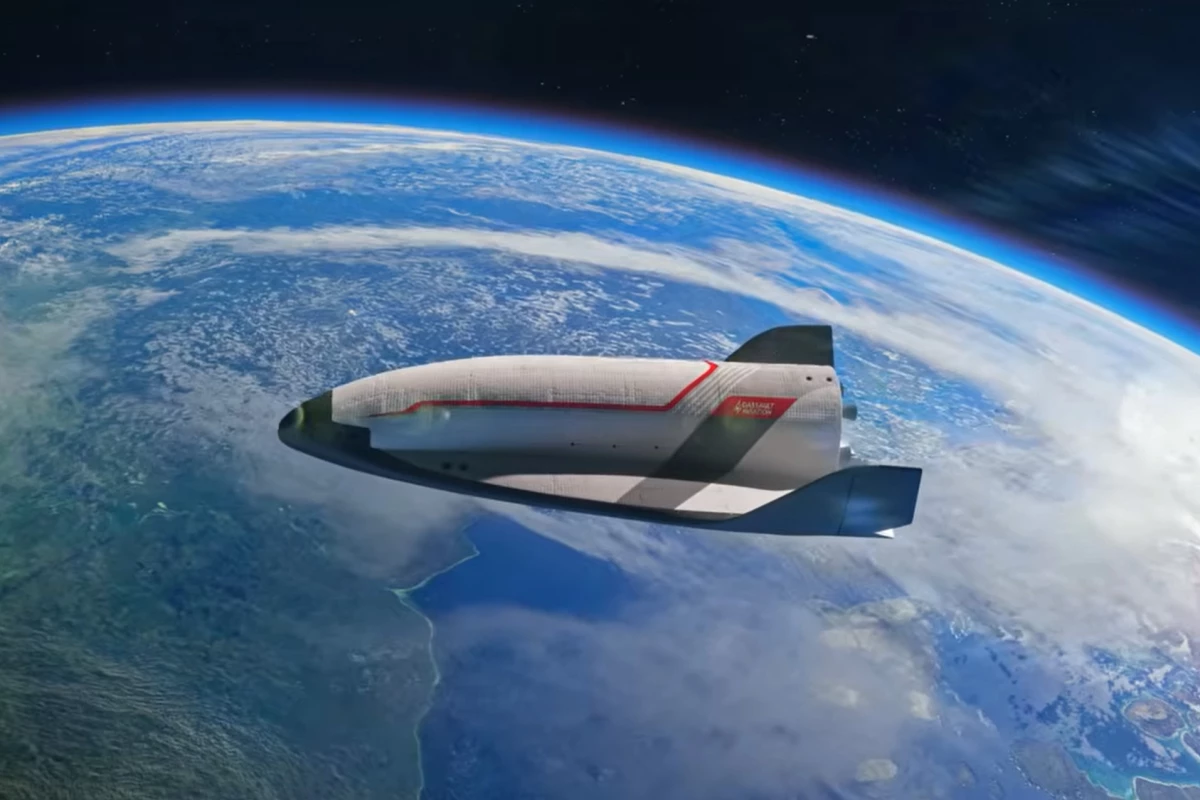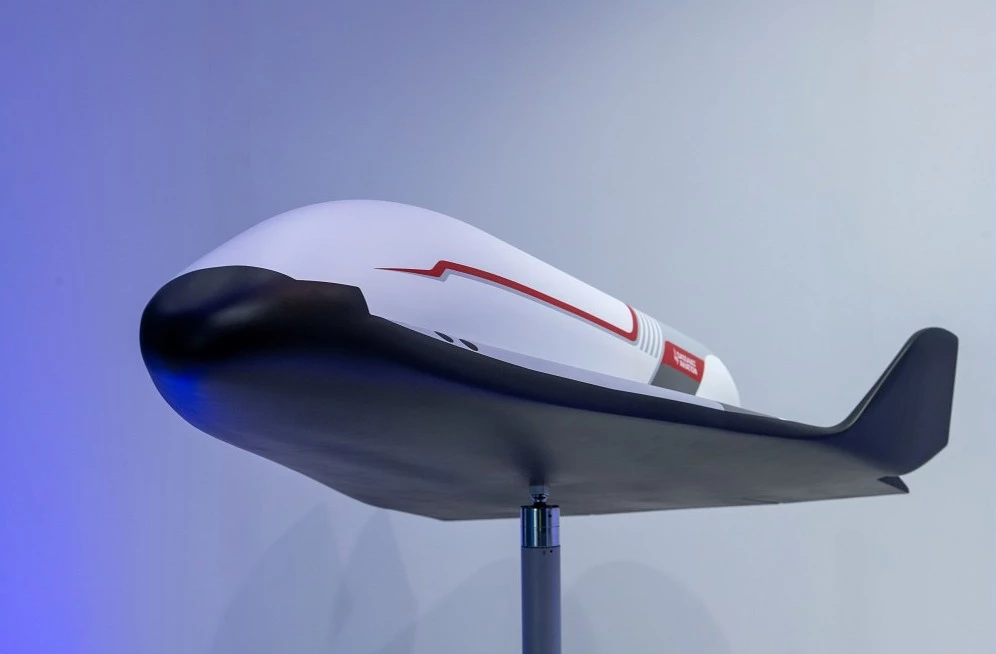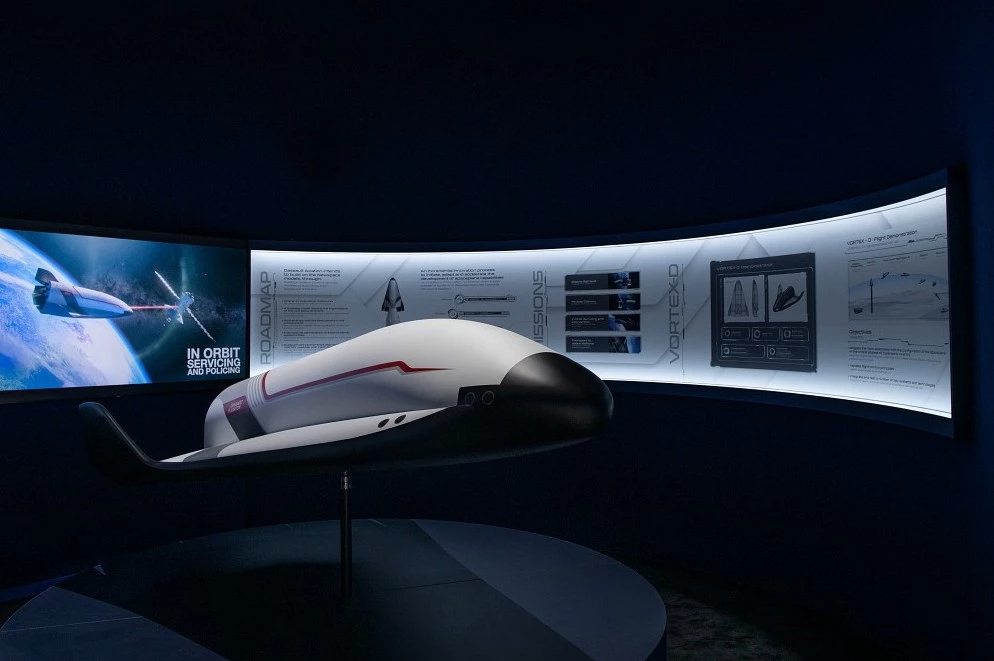What will the orbital spacecraft of tomorrow look like? If Dassault Aviation has its way, it could be similar to its Véhicule Orbital Réutilisable de Transport et d’Exploration (VORTEX) reusable spaceplane unveiled at the recent Paris Air Show.
Just as fast-turnaround reusable rockets are migrating throughout the launch industry, so is the development of reusable orbital spacecraft for carrying passengers and cargo to and from Earth. Currently, all of these are essentially ballistic capsules that haven't changed fundamentally since the heyday of the Space Race, but now various companies and government space agencies are taking another look at spaceplanes for their ferry work.
The announcement at the recent Paris Air Show may seem to be coming out of le bleu, but Dassault has a surprising body of experience when it comes to spaceplanes. From 1975 to 1992, France was heavily involved in developing the Hermes spaceplane, with Dassault as the major contractor. The company was also involved in the Intermediate eXperimental Vehicle (IXV) project, NASA's X-38 Crew Rescue Vehicle program, the VéHicule Hypersonique RéUtilisable AéRoporté (VEHREA), and Véhicule Suborbital Habitable (VSH) project.
Today, Dassault hopes to cash in its experience chips for VORTEX, which has received €30 million (US$35 million) from the French Ministry of Armed Forces, with hopes for more support from ESA later this year after the agency's ministerial meeting in November.
According to Dassault, VORTEX is a four-phase project, with Phase 1 aiming at the VORTEX-D demonstrator that's a one-third scale craft about 13 ft (4 m) long with an 8-ft (2.5-m) wingspan that will be used to refine configurations for hypersonic reentry. This will be followed by the Phase 2 VORTEX-S (Smart Free Flyer) that's a two-third-scale vehicle, the Phase 3 VORTEX-C (Cargo), which will be a full-scale cargo ship, and the Phase 4 VORTEX-M (Manned) that is a full-scale version 39 ft (12 m) long with a wingspan up to 22 ft (7 m) for carrying passengers.
Intended to provide France and Europe with full sovereign access to space, VORTEX is designed to lift off atop a rocket without a fairing, have full orbital and atmospheric maneuverability, and land on a conventional runway. It's supposed to be completely reusable, with a large payload bay and is designed to be used for a wide variety of missions, including ferry work to space stations, acting as an autonomous orbital platform, servicing and recovering satellites, tending to refueling depots, and countering military threats.
"Like Dassault Aviation’s civil and military aircraft, the VORTEX spaceplane is designed to be highly versatile," said Eric Trappier, Chairman and CEO of Dassault Aviation. "It will contribute to transforming the uses of the space sector and opening up new fields of application. At the crossroads of aviation and space technologies, the VORTEX will undoubtedly pave the way for a new generation of space aeronautics, consolidating France’s strategic position as a leading space power. Dassault Aviation is proud to take on this historic challenge and thanks the French Ministry of Armed Forces for its confidence."
Source: Dassault












